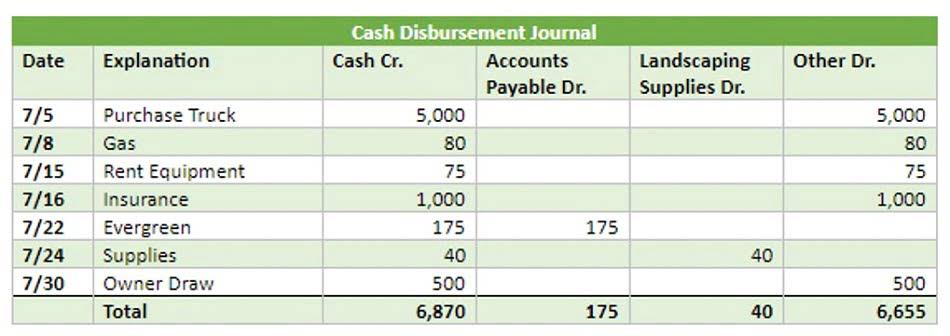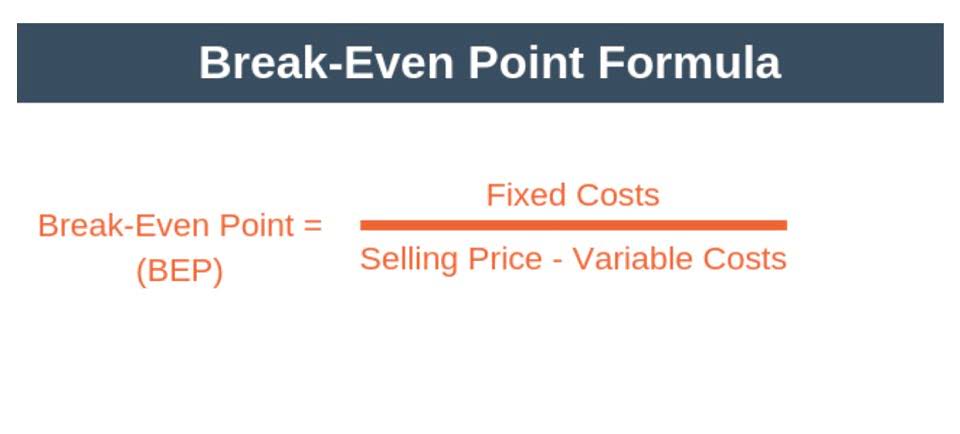
Accounting software and financial management tools can automate tasks, reduce errors, and provide valuable insights. This not only saves time but also enhances accuracy and efficiency in managing finances. Accounting in the pet industry, particularly for veterinary practices and pet stores, presents unique challenges and opportunities. Effective financial management is crucial for ensuring the sustainability and growth of assets = liabilities + equity these businesses. Accurate bookkeeping, budgeting, and financial analysis are essential to navigate the complexities of the industry. Veterinary practices must manage various revenue streams, including consultation fees, surgeries, and medication sales.

What are the key segments in the pet industry?
The CPAs and accountants at Virjee Consulting, PLLC provide veterinary accounting, tax reduction planning, and consulting to practices in Houston. What sets us apart from other CPA firms is our extensive experience working in this particular segment of the healthcare industry. We stay on top of industry trends and issues so we know exactly how to manage tax obligations and conquer financial challenges for veterinarians.

Learn more about Collaborative Articles
- While “profit” refers to the excess cash that remains after all of the practice’s expenses have been met, “cash flow” is the flow of money in and out of your veterinary practice.
- Learn the best practices for testing mobile apps across different travel and tourism technologies, and how to ensure quality, performance, and usability.
- Assessing various aspects of a practice’s health and aligning with industry standards require key performance indicators (KPIs), industry benchmarks, and other metrics.
- In the realm of accounting for the pet industry, case studies provide valuable insights into effective financial management for veterinary practices and pet stores.
- For in-house services, maintaining laboratory equipment and purchasing consumables in bulk can lead to cost savings.
This chart, designed with vets in mind, classifies revenue, expenses, and balance sheet accounts specifically for veterinary practices. Specifically, the purpose of this chart is to provide a uniform framework that enhances financial accuracy and transparency in your practice. Veterinary professionals can use this tool to align their financial records with generally accepted accounting principles. Managing bookkeeping for in-house and outsourced laboratory services requires a dedicated and well-trained bookkeeping team. Human Resources (HR) plays a critical role in hiring the right talent and providing them with the necessary training to ensure accurate financial management. Accurate financial reporting is paramount for veterinary service providers managing both in-house and outsourced laboratory services.

Your team is divided on economic trend analysis. How will you align their approaches for success?
The turnover rate for veterinarians varies depending on the position, ranging from 13% for managers to 25% for veterinary technicians. This means that a significant number of individuals in these roles are veterinary accounting either leaving or starting a job at any given time. Stay on top of your finances, save big on taxes, and grow your business faster with doola. From sales tax on products to payroll taxes for your employees, it’s crucial to stay compliant with all relevant tax regulations. It’s about accurately tracking supplies, medications, and even expensive equipment like X-ray machines, which can have a significant impact on your bottom line.

Can you provide an example of successful financial management in a pet store?

Another veterinary practice experienced a significant turnaround by restructuring their debt and optimizing their tax strategy with the help of a specialized veterinary CPA. These case studies highlight the tangible benefits of implementing effective accounting bookkeeping for cleaning business strategies in veterinary practices. We offer tax reduction strategies specially designed to preserve profits for veterinary practices and their owners. Veterinary practices can develop informed business strategies by using the AAHA/VMG Chart of Accounts. For example, benchmarking against industry standards becomes easier with standardized accounts.